Lotus Lantern International Meditation Center (연등국제선원)
7.5 Km 13332 2020-02-06
349-60, Ganghwadong-ro, Ganghwa-gun, Incheon
+82-32-937-7033
The Lotus Lantern International Meditation Center was founded in 1997 by Monk Wonmyoung as a site for foreigners to practice seon meditation.The center features five main buildings and a large garden area. The center is serviced by monks from various countries, including America, Switzerland, Russia, and other Asian countries. Foreigners can easily learn the practice of seon meditation by participating in the English lectures and short-term programs.
Line Hotel [Korea Quality] / 라인호텔 [한국관광 품질인증]
7.6 Km 6750 2020-12-10
2337, Gimpo-daero, Tongjin-eup, Gimpo-si, Gyeonggi-do
+82-10-9241-3186
Line Hotel is located about 700m away from the town of Tongjin-eup in Gimpo City. The hotel is a snug 4-story building with an exclusive parking lot and neat facilities. The rooms are composed of Standard Twin Room with 2 single beds; Deluxe Double Room with 1 large double bed; Deluxe Twin Room with 1 double bed and 1 single room; and Standard Double Room with 1 double bed. Every room is equipped with WiFi, flat screen TV, air conditioner and heater, refrigerator and bathroom. The front desk operates 24 hours and luggage room, laundry, fax, copy services are available.
There are many restaurants, cafes and bars in the nearby Tongjin-eup. Gimpo Sculpture Park is 10 minutes away by car and Deokpojin Fortress, Gimpo Marine Park and Daemyung Port are 20 minutes away as good places for a drive and walk on the beach. You can buy fresh seafood at cheap prices in the fishery market of Daemyung Port. You can also visit Ganghwado Island. It takes about 15 minutes by car from Line Hotel to Ganghwa Bridge.
Gwangseongbo Fortress (광성보)
7.8 Km 35069 2022-07-25
27, Haeandong-ro 466beon-gil, Ganghwa-gun, Incheon
+82-32-930-7070
Gwangseongbo Fortress’s outer wall from the Goryeo era was mended in 1618. The fortress was built in 1656 and the outpost was constructed in 1679. It was completely remodeled into
a masonry castle with gates in 1745. During Sinmiyangyo (the American invasion in 1871), Gwangseongbo was the fiercest battle ground in Ganghwa. On April 24, 1871, a
fleet with 1,230 American naval forces led by Rear Admiral John Rodgers landed on Ganghwado Island to demand the
opening of Korea's ports and commerce. The armed forces attacked Chojijin Fortress
and Deokjinjin Camp, then marched to Gwangseongbo Fortress, where they engaged in close combat with the warriors of Joseon. Although General Eo Jae-yeon and the other warriors were poorly equipped with far inferior weapons, they bravely fought to the
death against the invading forces.
The battlefield ruins of the fortress and the gate towers such as Anhaeru, Gwangseongdon, Sondolmokdon, and Yongdudon were repaired
in 1977. The twin tombs of General Eo Jae-Yeon and his brother Eo Jae-seon, along with the anonymous tombs of warriors who died on the battlefield were
also honorably arranged at the same time. Furthermore, a stone monument commemorating the restoration of Ganghwa Battlefield was erected on Yongdudondae Post.
In 1988, an extensive rest area was created toward the shore for visitors’ convenience. Gwangseongbo Fortress is presently designated as Historical Relic No. 227. A religious service known as Gwangseongje is held annually to commemorate the patriotic spirits of General Eo Jae-yeon and other unnamed warriors. This service takes place at 11 a.m. on every April 24th of the lunar calendar.
Ganghwa Armiae World (강화 아르미애월드)
8.0 Km 15201 2020-02-29
742-2, Jungang-ro, Ganghwa-gun, Incheon
Ganghwa Armiae World is a theme park with Ganghwa mugwort as its theme. The mugwort of Ganghwado Island is widely known for its great medicinal effects. Armiae means “creating beauty through mugwort.” Armiae World provides its visitors with various opportunities to experience Ganghwa mugwort.
Mugwort Korean Beef Restaurant serves quality beef from cattle fed Ganghwa mugwort. The restaurant features a modern interior with beautiful views of the surrounding area. The Mugwort Experience Hall presents various mugwort-related experience programs such as a spa, foot bath, and sitz bath. The Agricultural Exhibition Hall provides a childrens' interactive experience about the value of farming, and the Onsaemiro Maze Park offers a history trip of Ganghwa greenhouses along the labyrinth. Other facilities include the Pottery Experience Hall, Ganghwa Agricultural Goods Sales Office, outdoor lawn square for events and picnics, and a processing plant for agricultural and indigenous products including mugwort.
Armiae World is located at the foot of Hyeolgusan Mountain, which is well-known for beautiful azalea flowers in the spring. Providing hands-on experiences in farming, Armiae World is emerging as a unique tourist attraction of Ganghwado Island.
Dolmen in Bugeun-ri [UNESCO World Heritage] (강화 고인돌 유적 [유네스코 세계문화유산])
8.3 Km 33678 2023-11-10
Bugeun-ri, Ganghwa-gun, Incheon
+82-32-933-3624
Dolmen in Bugeun-ri is a dolmen site in Ganghwa that was designated as a Historic Site for its historical value representing the funeral customs of the Bronze Age. The main stone used to create the tomb is 710 centimeters long, 550 centimeters wide, and 260 centimeters high. The dolmen is an example of the northern dolmen customs, serving as a subject of further research in the field of ancient history. The Dolmen in Bugeun-ri is also registered as a UNESCO World Heritage along with other significant dolmen sites.
Ganghwa History Museum (강화역사박물관)
8.4 Km 45778 2021-08-13
994-19, Ganghwa-daero, Ganghwa-gun, Incheon
+82-32-934-7887
Ganghwa History Museum opened in 2010 with aims to exhibit, preserve and educate visitors about the history and culture of Ganghwa from prehistoric ages to modern times based on artifacts from the area.
Hwamunseok Cultural Center (강화화문석문화관)
8.8 Km 22512 2021-11-11
413, Jangjeongyango-gil, Ganghwa-gun, Incheon
+82-32-930-7060
Ganghwa Hwamunseok, Korea's only rush-weaving handicraft, is a cultural legacy inherited from the Goryeo period, and is a product that is exclusively produced in Ganghwa-gun. To preserve and develop its historic rush-weaving handicrafts, Ganghwa-gun constructed Hwamunseok Cultural Center at Yango-ri in Songhae-myeon, the craft's place of origin. Visitors to the cultural center will be able to view the individual features and transformations of Hwamunseok in addition to the past, present and future of rush-weaving handicrafts.
Ganghwa Deokjinjin Fortress (강화 덕진진)
9.4 Km 29242 2020-03-16
34, Deokjin-ro, Ganghwa-gun, Incheon
+82-32-930-7074
Deokjinjin was the key strategic point of the outer castle wall used for defending the Ganghwa Straits during the Goryeo dynasty (918-1392). It was originally a military camp commanded by an official with the rank of Cheomsa under the command of the Korean naval base. In 1677, an official with the rank of Manho was assigned to this camp along with 26 military officials, 100 soldiers, 2 battle ships, and other military equipment. In 1679, the Namjangpodae and Deokjinpodae batteries were stationed here.
Deokjinjin Camp was the scene of fierce battles that took place during Byeonginyangyo (the French invasion in 1866) and Shinmiyangyo (the American invasion in 1871). The battlements and gatehouse of Deokjinjin that had all been destroyed during Sinmiyangyo were restored in 1977. At the Namjangpodae Battery, cannons used by the Joseon military have been reproduced and installed for display.
Jeokseoksa Temple (적석사)
9.4 Km 14300 2021-08-02
181, Yeonchon-gil, Ganghwa-gun, Incheon
+82-32-932-6191
Jeokseoksa Temple is a traditional Buddhist temple that was founded around 1,600 years ago. It is known for "Gamnojeong," which is the water trickling out from the rock crevices on the east side of Daeungjeon Hall (main temple building). While the water is cool and sweet, legend has it that it dries up or turns murky in times of national crisis. According to the records, Palman Daejanggyeong (Tripitaka Koreana printing woodblocks) used to be kept in Jeokseoksa before they were moved to Baengnyeongsa Temple, then to Jeondeungsa Temple, and finally to Haeinsa Temple.
Jeokseoksa Temple is connected to Nakjodae Observatory, which offers a magnificent view of the sun setting over the West Sea. In fact, the view is so magnificent that it is admired as one of the 10 best sceneries of Ganghwado Island.
Deokpojin Museum of Education (덕포진교육박물관)
9.4 Km 29662 2021-02-26
90, Deokpojin-ro 103beon-gil, Gimpo-si, Gyeonggi-do
+82-31-989-8580
Deokpojin Museum of Education was established by Kim Dong-seon, an elementary school teacher, for his wife, Lee In-suk who lost her eye sight due to an accident while she was also an elementary school teacher. He decided to build the museum to cheer up his wife who was deeply depressed with the fact that she could no longer teach students. Through the husband's will to give his wife opportunities to teach children again, his dream to create hands-on educational programs not available in the ordinary school education system became a reality as well. The museum was finally opened in 1996 with materials collected by the couple, comprised of a music class taught with her pump organ and Mr. Kim's collection of various school materials such as a book wrapper, a nature textbook from 1960, nickel silver lunch boxes and more. These collections attracts many visitors, from kindergarteners to university students and even family visitors.
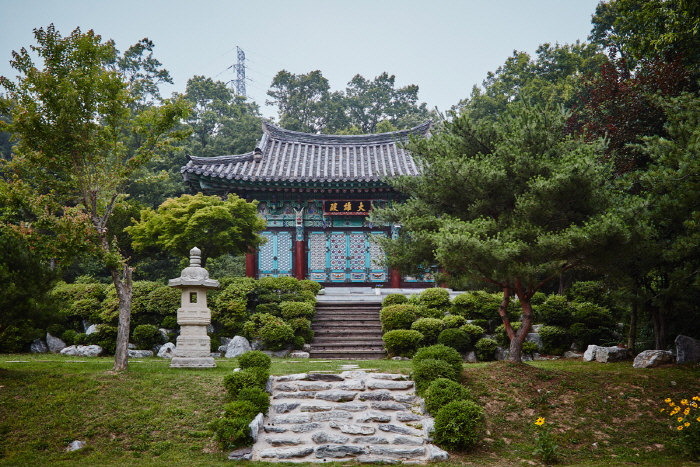
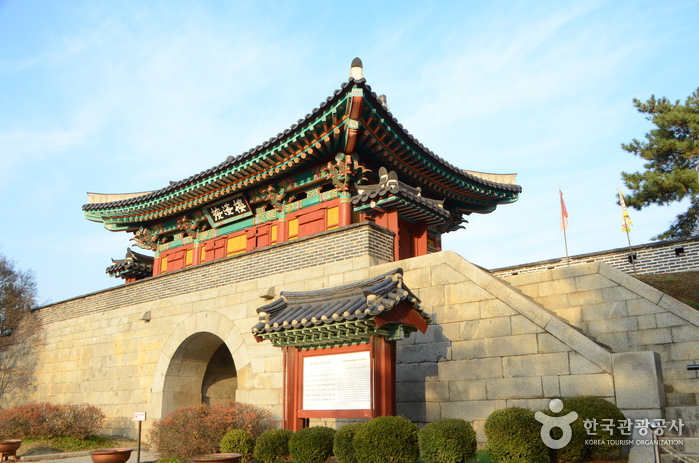
![Dolmen in Bugeun-ri [UNESCO World Heritage] (강화 고인돌 유적 [유네스코 세계문화유산])](http://tong.visitkorea.or.kr/cms/resource/77/1876577_image2_1.jpg)
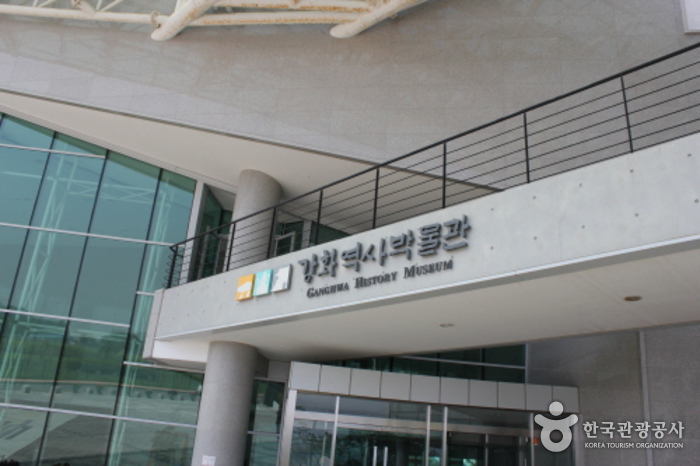
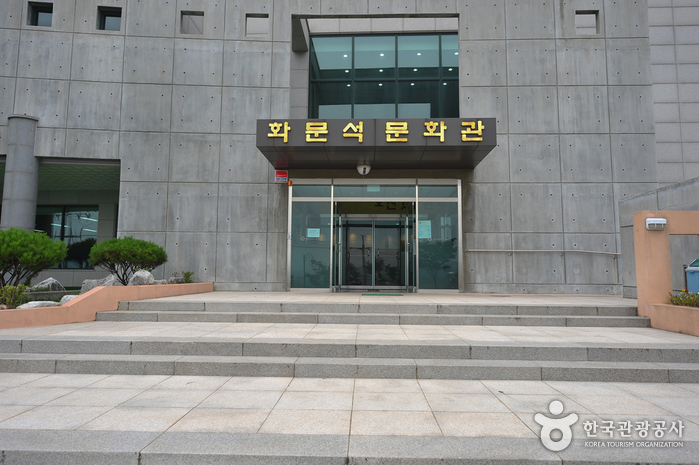
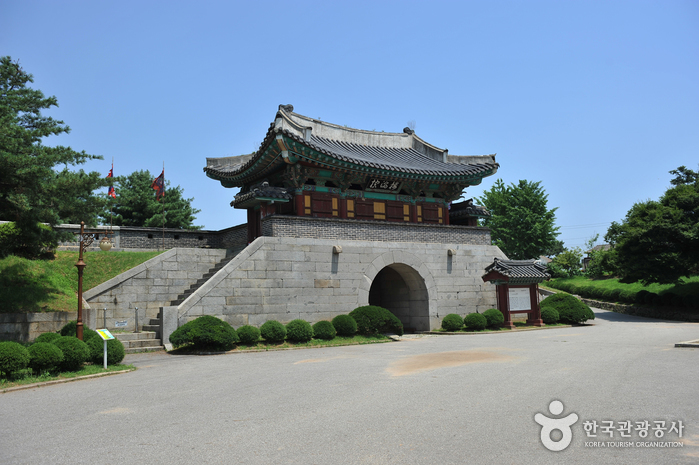

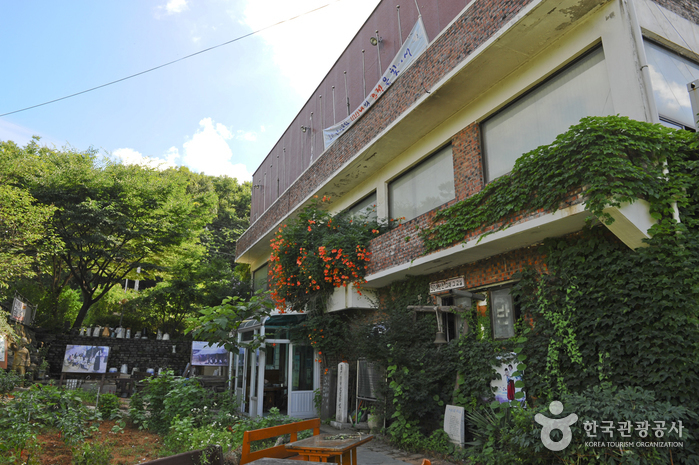
 English
English
 한국어
한국어 日本語
日本語 中文(简体)
中文(简体) Deutsch
Deutsch Français
Français Español
Español Русский
Русский